The timber industry is going down now
| Wood product exporters ready to expand global market share | |
| Wood exports in 2016 reached $US 7.3 billion | |
| Imported wood will be classified and subjected to risk management |
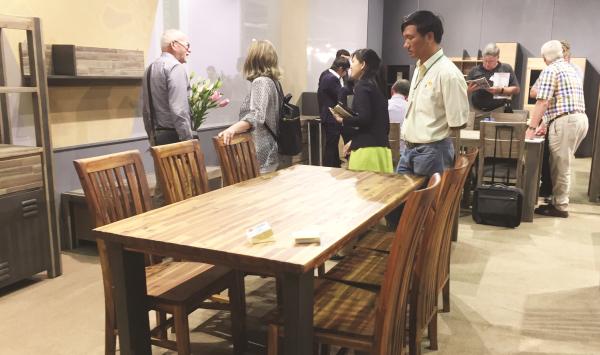 Thiết kế vẫn là khâu yếu nhất của ngành gỗ Việt Nam. Ảnh: N.Hiền.
Thiết kế vẫn là khâu yếu nhất của ngành gỗ Việt Nam. Ảnh: N.Hiền.
Growth slows down
|
Vietnam’s timber industry currently has about 4,300 enterprises, with hundreds of thousands of employees currently are engaged in various specialised activities in commerce and processing. In addition, there are hundreds of thousands of households currently are engaged in processing and trading activities in traditional craft villages, processing households and businesses are scattered locally. Approximately 95% of small-scale, privately-owned timber enterprises, with less than 50 employees/enterprises. |
In the golden age, timber exports used to grow at more or less 30% per year. But in recent years, growth is slowing down and by 2016 growth is only 1.1%. This slowdown is due to the weaknesses of the domestic timber industry.
According to To Xuan Phuc, representative of Forest Trend, the price of wood products now depends on factors such as: the design of the model, the combination of product materials and the interest of the buyer which is related to the environment and society.
It has been proved by the misconception of the notion that low cost of production is a competitive advantage of Vietnam's timber industry.
Typically as the Taiwanese timber processing industry, with its expensive labour cost and less raw materials, this country is currently one of Asia's top competitors in terms of competitiveness. It shows that who controls the product design elements and the market will be the one who achieves higher profits.
Meanwhile, over the past time, Vietnam’s timber processing enterprises are missing the priority of human resource development for research and product development.
As a result, the profit per unit of product is mainly focused on the product design control group and the market rather than the domestic processors. It is reflected in the fact that most of Vietnam's timber products are processed for foreign corporations.
According to the Vietnam Timber and Forest Association (VIFORES), Vietnam's diverse wood products are present in more than 120 countries and territories, with an average annual export turnover of USD 6-7 billion. The main export markets include the United States, China, EU and Japan.
The main export products include tables, chairs, furniture with export turnover accounting for 70% of total annual export turnover. However, the demand from the export market which includes product categories and product designs is almost completely depended on foreign buyers.
In other words, although the diversification of demand and the Vietnamese timber industry are considered to be deeply integrated into the international market, the timber processing industry in Vietnam has not created its own brand and has not influenced on the international demand. This is a significantly limited competition in the international market.
On the domestic market, with a population of 90 million people, the middle class is large and constantly expanding, the demand of the domestic market for wood products is huge and varied, including wooden products in construction, wooden furniture for exterior and interior, the wood used for boats...
However, the information on the domestic market such as size, demand and product categories are very limited. There are many opinions said that the imported furniture has occupied the entire domestic market and the Vietnamese enterprises are "missing" the domestic market.
The lesson from Thailand shows that the domestic market is a potential market for enterprises which has a great stability and it is quite different from the export market. It will be very difficult for many Vietnamese enterprises for penetrating in the domestic market.
Therefore, it is necessary to promulgate encouraged policies for Vietnamese enterprises to develop their domestic market, encouraging Vietnamese people to use Vietnamese products in order to occupy the domestic market in the future.
Desire of high skilled labour
In order to develop the design stage, human resource level plays a very important role. According to Nguyen Ton Quyen, Vice President of VIFORES, about 70-80% of labourers in the timber processing industry now have the starting point of common labour, the rests are engineers in timber processing industry (1-2%) and technically trained workers (18-29%).
Although the huge number are labour force, there are very few of them are highly skilled. Enterprises often have to invest in resources to train workers when they are new to the position.
However, the situation of labour after being highly trained and move to FDI enterprises (about 600 enterprises) is still popular, hence there is a limitation of investment in improving the employees' skills as well as the connection between the employer and employees.
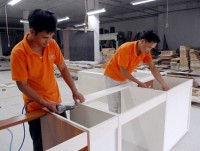 |
Room remains for wood product export growth Vietnam can export more wood products if it enhances professionalism and the quality of products, according to ... |
Experts estimate that the timber processing industry is still developing relatively naturally, with open policies which provide opportunities for the timber industry to grow. However, the industry still needs new policies which focus on quality growth and sustainable growth, with higher added value products.
This is related to the innovation of the training model through the direct connection between the theoretical training institutions (universities) and practical institutions (enterprises) in order to create highly skilled labours. Although Vietnam has established a system of universities and colleges across the country to train engineers and forestry workers with tens thousands of students every year, the connection between institutions and enterprises is quite weak.
Enterprises often have to retrain the workers who are trained by these institutions. Therefore, the connection between the training institutions and enterprises should be prioritised and developed in the future. Reference can be made by going through Thailand's connection model with the participation of training institutions (universities), Thai Chamber of Commerce and Industry, and time processing enterprises.
In this model, some processing enterprises with the support of the Chamber of Commerce and Industry have developed training content at the enterprise level. The students were selected to participate in the theoretical training programs at the schools, then they are sent to the enterprises and trained directly through on the job training at the processing facilities. All training costs, including scholarships for students, are paid by the enterprises.
After the training process, the students will be offered to work for enterprises. This connection model has created a connection between supply and demand, with the output of training directly responding to the business needs of the enterprise.
Related News
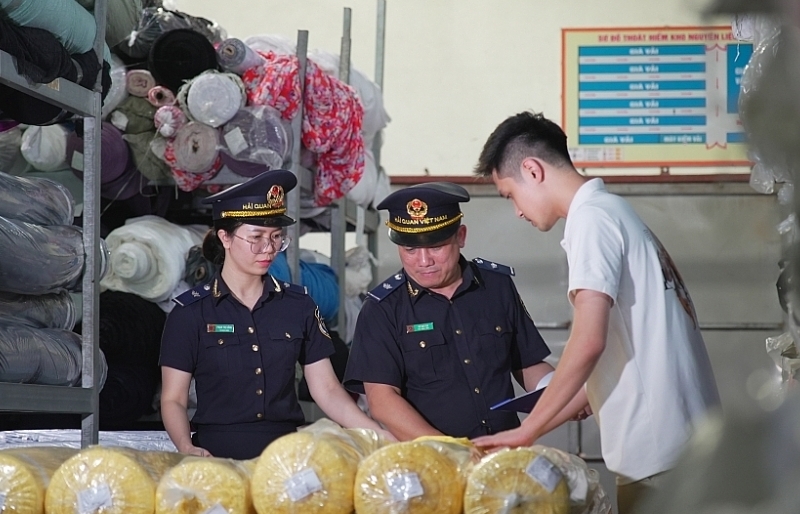
Goods imported from export processing enterprises must pay tax
09:03 | 24/03/2023 Regulations
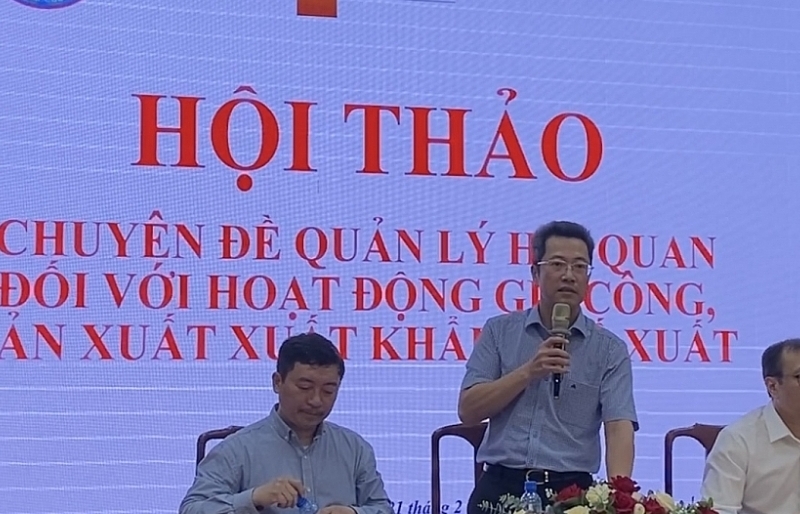
Modernizing management of processed and manufactured goods for export and export processing enterprises
10:57 | 25/02/2023 Customs
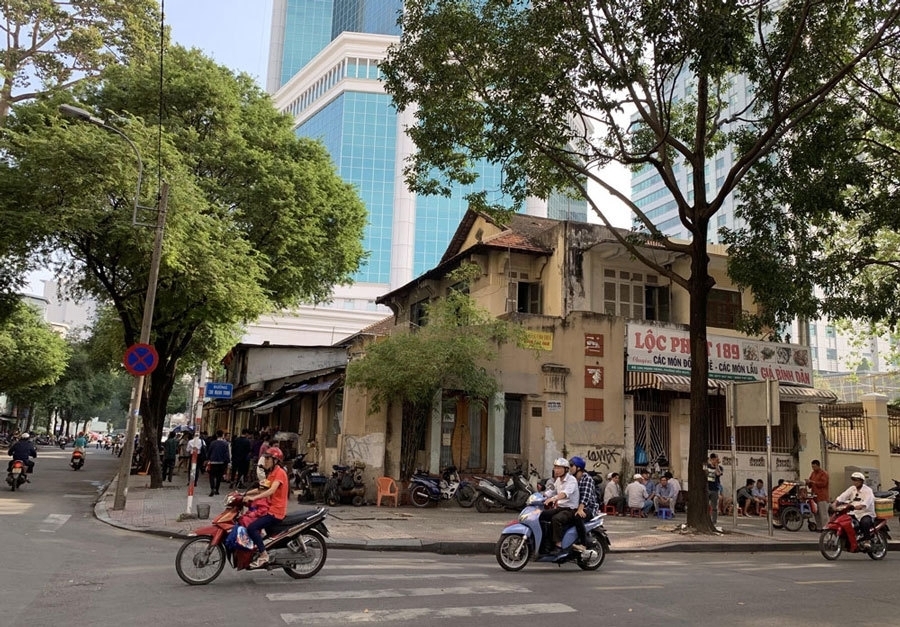
Tax policy for re-imported goods of export processing enterprises
14:43 | 23/02/2023 Regulations
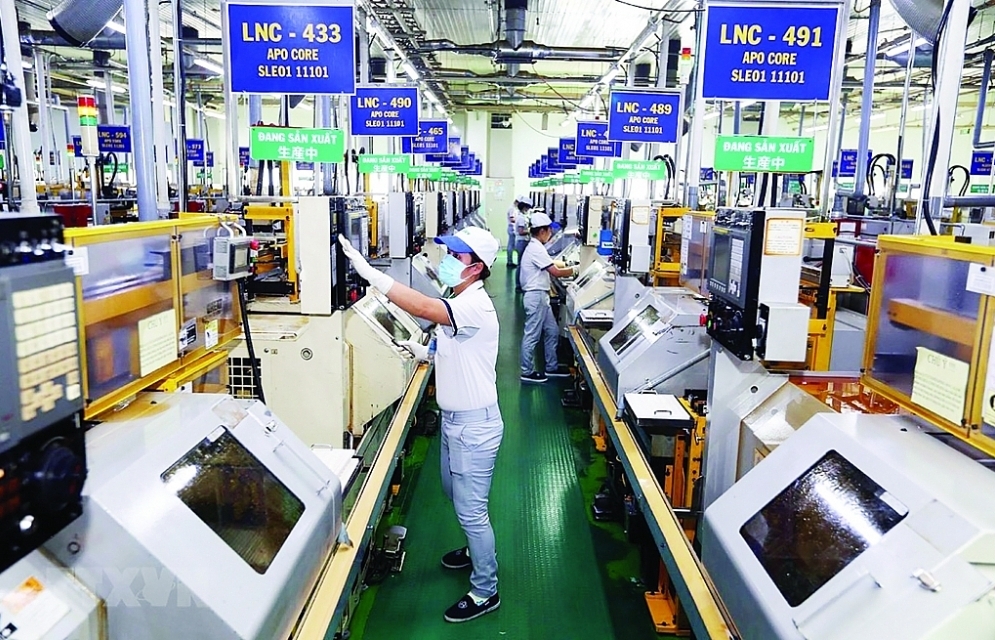
HCM City: 166 export processing enterprises meet the requirements of customs supervision
11:41 | 14/05/2022 Customs
Latest News

Embracing green exports: a pathway to enter global supply chains
10:33 | 20/02/2025 Import-Export
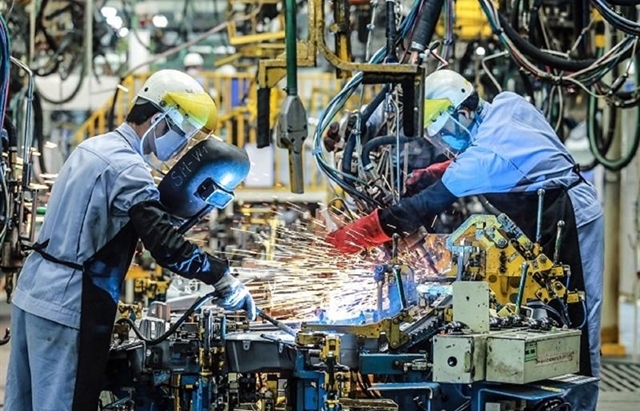
New policy proposed to prevent transfer pricing, tax evasion of FDI enterprises
10:32 | 20/02/2025 Import-Export
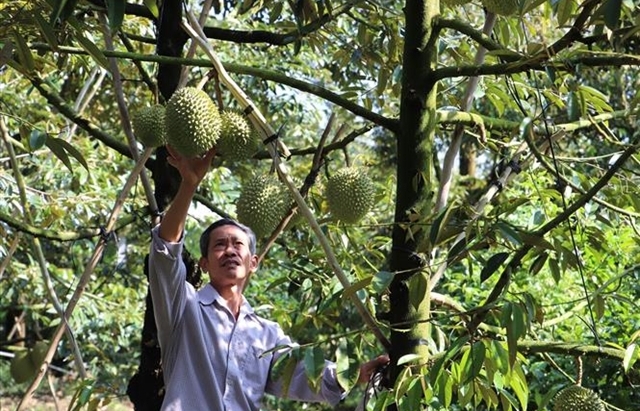
Việt Nam’s durian exports to China plummet by 80%
16:18 | 19/02/2025 Import-Export
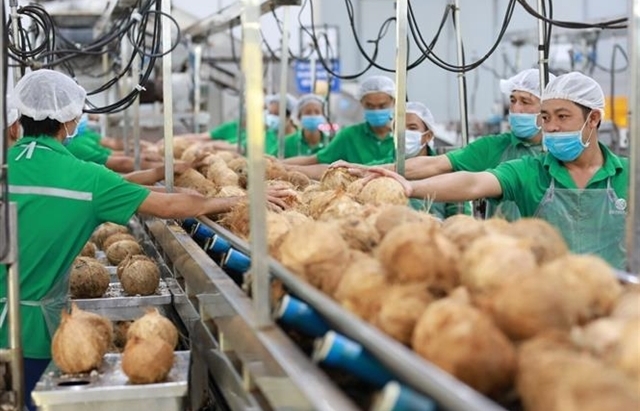
Coconut exports reach 14-year high
15:29 | 18/02/2025 Import-Export
More News

Shrimp exports grow in the first month of 2025
15:28 | 18/02/2025 Import-Export
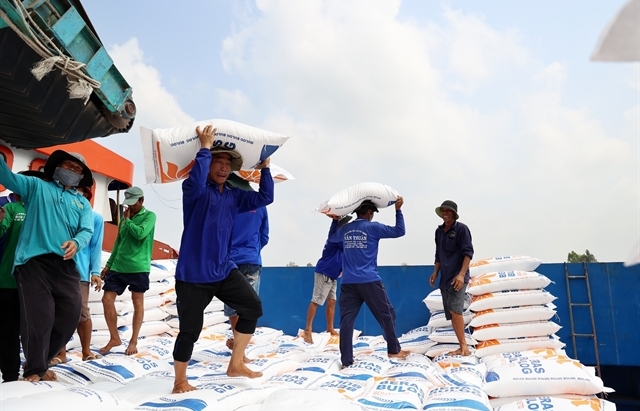
Rice export prices drop, but decline expected to be short-term
08:10 | 17/02/2025 Import-Export
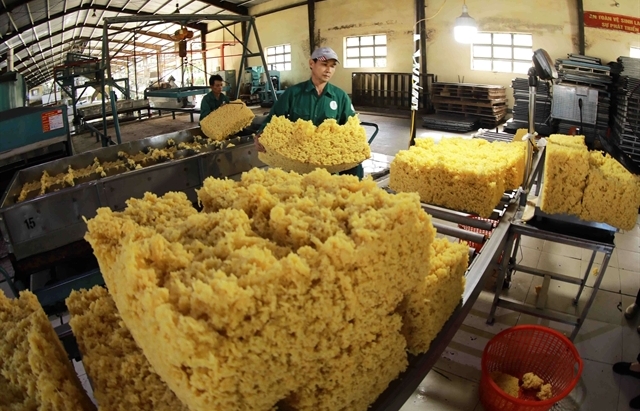
Key agro products expected to maintain export growth this year
08:08 | 17/02/2025 Import-Export
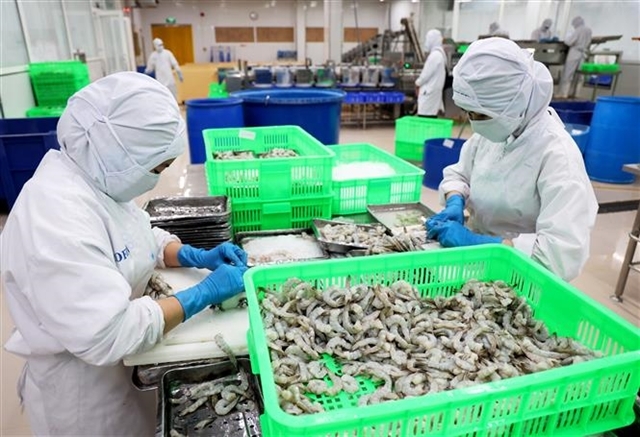
EU issues 12 warnings against Việt Nam’s food and agricultural exports
08:07 | 17/02/2025 Import-Export
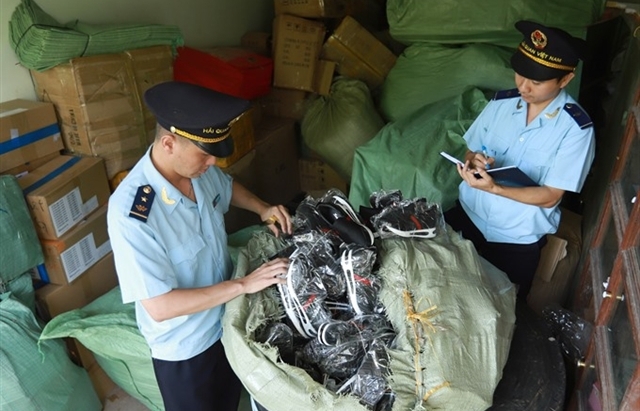
Việt Nam to impose VAT on low-value express-imported goods
08:06 | 17/02/2025 Import-Export

Exchange rate risks need attention in near future
16:31 | 15/02/2025 Import-Export
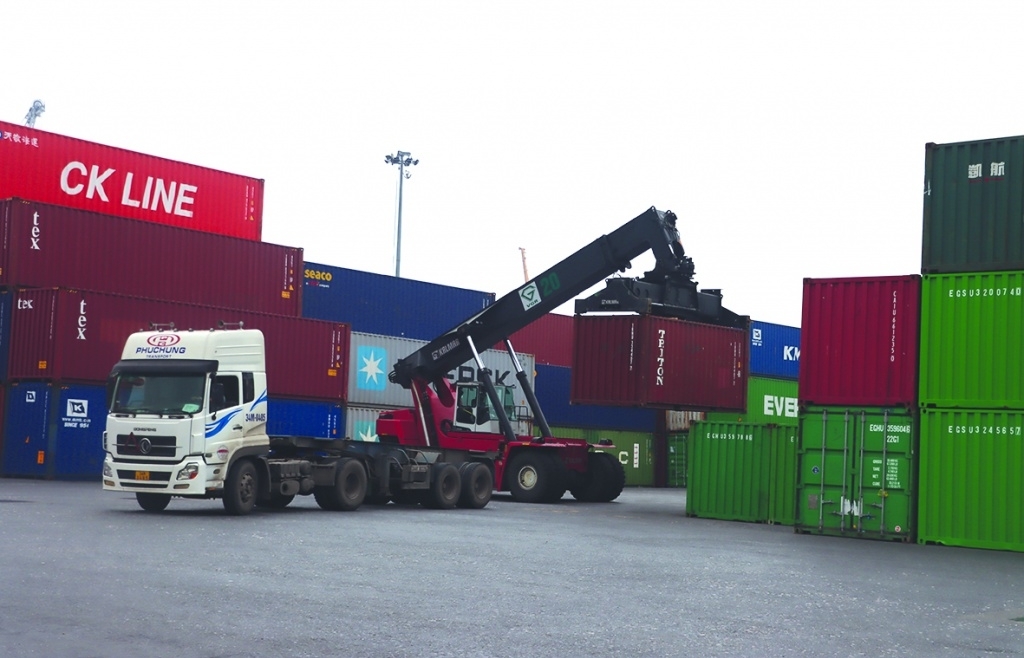
Vietnam kicked off the year with a strong start in trade, exceeding US$63 billion in the first month
16:30 | 15/02/2025 Import-Export
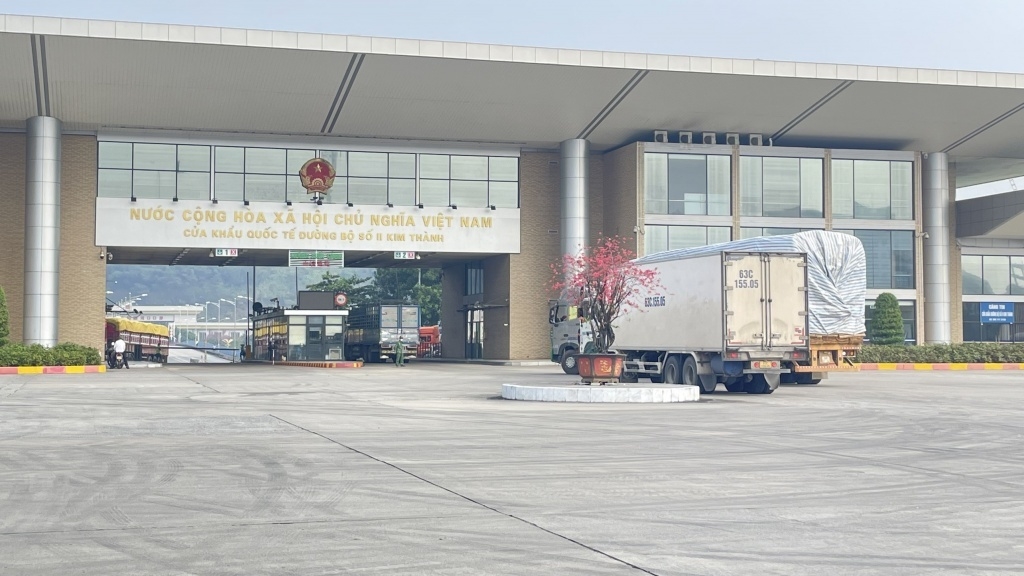
Import and export turnover reaches about US$29 billion in the second half of January 2025
14:52 | 14/02/2025 Import-Export

Market edges up slightly as liquidity remains low
14:48 | 14/02/2025 Import-Export
Your care
The system has not recorded your reading habits.
Please Login/Register so that the system can provide articles according to your reading needs.

Embracing green exports: a pathway to enter global supply chains
10:33 | 20/02/2025 Import-Export

New policy proposed to prevent transfer pricing, tax evasion of FDI enterprises
10:32 | 20/02/2025 Import-Export

Việt Nam’s durian exports to China plummet by 80%
16:18 | 19/02/2025 Import-Export

Coconut exports reach 14-year high
15:29 | 18/02/2025 Import-Export
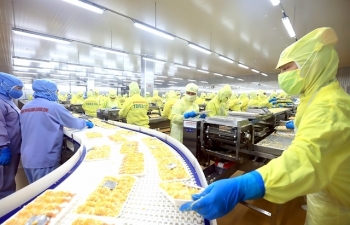
Shrimp exports grow in the first month of 2025
15:28 | 18/02/2025 Import-Export
